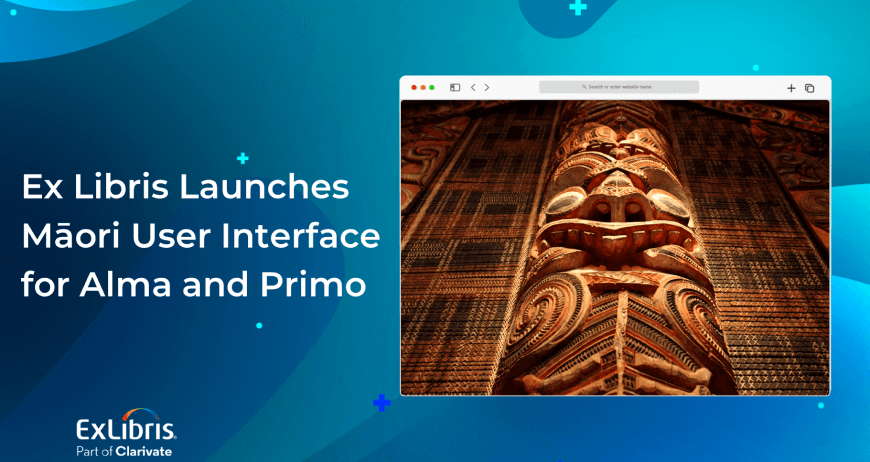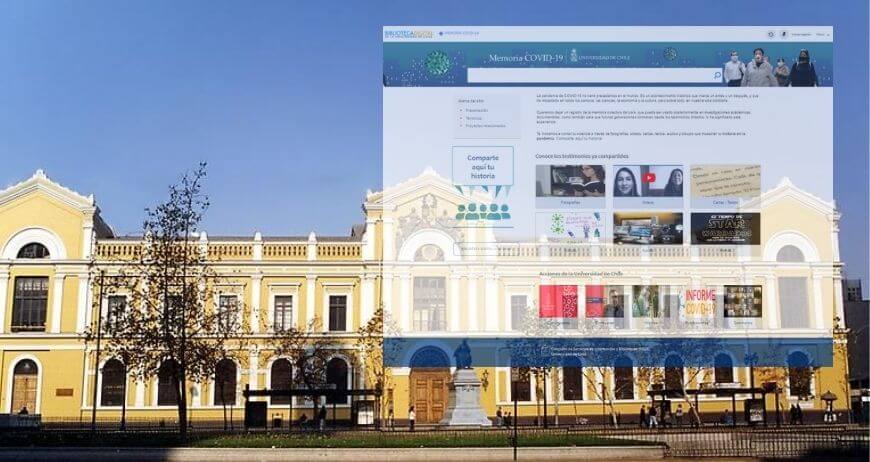Scott Schuetze, Ex Libris
One longstanding topic of great interest to librarians was explored in great detail across several sessions during the recent Electronic Resources and Libraries (ER&L) 2017 Conference in Austin, Texas. Several speakers focused their presentations on how analytics are being used to improve acquisitions workflows, serve researchers better, and measure the impact of e-resource use.
The concept of leveraging library analytics within the library isn’t new. The development of the ANSI/NISO standard for library statistics, Z39.7, in 1968 and its amendment in subsequent years launched libraries into a new era of data analysis.
As described by Ronnie Faulkner in his article “Statistics and Record-Keeping,”[1] the reasons why libraries collected statistics were principally divided into five categories:
- The requirements of state and federal law
- The requirements imposed by surveys of various government agencies or private organizations
- The requirements imposed by the academic institution
- The need for information in internal management decisions
- The need for information to justify library requests or present the value of existing services
Beyond the library’s reporting needs, librarians themselves have displayed interest and curiosity in measuring, viewing, connecting, and interpreting data to allow for more informed decision-making. Long before the recent shift from print to digital, Geoffrey G. Allen commented in his 1985 article, “The Management Use of Library Statistics,” that librarians have long been engaging in “collection and compilation of statistical data on library operations.”:
“Librarians have perceived that there should be relevant relationships between the numerical measurements of certain aspects of library activity and the managerial decisions that we have to make and so have embarked upon the basic arithmetic process of counting, perhaps to the point of obsession.”[2]
As the ER&L sessions demonstrate, added to the many articles, books and conference presentations before them, librarians and those within the library have long held the strong desire to gather data and statistics. But beyond just collecting data and looking at statistics, there is a new, significant interest to analyze: to convert the information gleaned to help drive decisions, to become more efficient, and to better understand today’s users.
Emerging technologies are enabling new methods of collecting data and analyzing it. Ex Libris supports both libraries and librarians in these areas by leveraging flexible and robust Oracle Business Intelligence (OBI) platform-based tools and capabilities within its library services platform and discovery services. The strong analytical tools available within each Ex Libris service expand opportunities for evidence-based decision-making and further data exploration:
- With Alma analytics librarians can track the use of library collections and cost per use, thereby determining the best use of funds to service their user community. Librarians can also compare their library to industry benchmarks and track processes that require optimization.
- Through Summon and Primo librarians can leverage analytics and reports to gain insight into user behavior in order to elevate the discovery experience, to analyze usage data for better collection development, and to share information across the organization.
In this new era of big data, actionable analytics is essential for libraries to improve performance and enhance effectiveness. Through a flexible analytics tool set and powerful reporting capabilities, modern libraries can more easily satisfy today’s reporting standards, but more importantly, can also improve higher education and demonstrate their institutional value.
To learn more about the power of analytics, check out these training videos for Alma Analytics, Summon Analytics, and Primo Analytics.
[1] R. Faulkner, “Statistics and Record-Keeping,” in The Smaller Academic Library: A Management Handbook, ed. G.B. McCabe (New York: Greenwood Press, 1988) 44.
[2] G.G. Allen, “The Management Use of Library Statistics,” IFLA Journal 11 (1985): 211.







